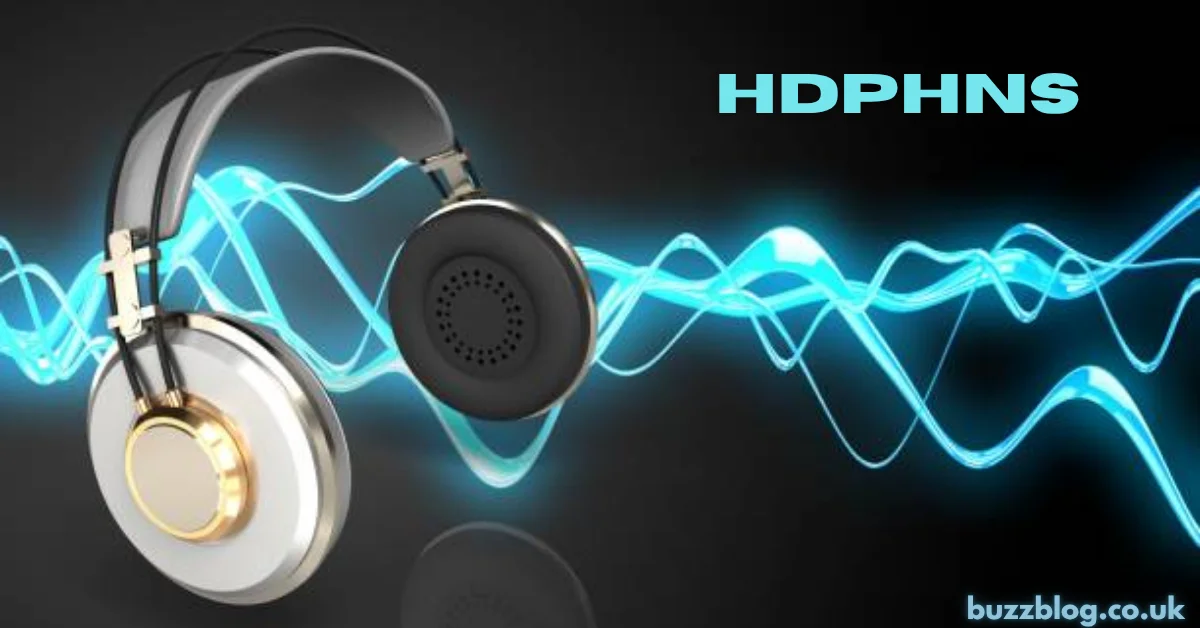Introduction
Headphones, or “Hdphns” as they’re affectionately abbreviated in the audio enthusiast world, are more than just a way to listen to music — they’re a gateway to sonic nirvana. Over the decades, these devices have transformed from bulky communication tools to finely tuned instruments capable of revealing every note, breath, and subtle vibration in a song. For true audiophiles, headphone evolution isn’t just about convenience; it’s about chasing the purest possible connection between artist and listener.
The Origins of Headphone Technology
Early 20th Century Headsets
The earliest headphones, developed in the late 1800s and early 1900s, weren’t built for pleasure at all. They were single-ear listening devices used by telephone operators and radio technicians. Heavy, uncomfortable, and far from hi-fi, they were a far cry from the precision gear audiophiles adore today.
Military and Aviation Uses
During both World Wars, headphones became essential for pilots and radio operators. Comfort and sound isolation improved, but music fidelity was still not a priority — clarity for communication was the main goal.
Transition to Consumer Entertainment
By the mid-20th century, companies like Koss brought stereo headphones to the public. Suddenly, consumers could enjoy rich, detailed music in private without disturbing the neighbors — a turning point for personal listening.
Key Milestones in Headphone Development
From Mono to Stereo Sound
Stereo headphones allowed listeners to experience music with spatial depth, creating a “live” feel. For audiophiles, this was the beginning of a much deeper journey into sound.
The Birth of Portable Audio
With Sony’s Walkman in the late 1970s, lightweight on-ear headphones became a cultural phenomenon, making high-quality sound mobile.
Digital Audio and High-Resolution Music
The move from analog to digital brought lossless audio formats, and audiophiles began demanding headphones that could reproduce every nuance without distortion.
The Rise of Audiophile Culture
Defining the Audiophile Experience
An audiophile isn’t just a music lover; they’re someone who seeks perfect sound reproduction — hearing the music exactly as the artist intended.
How Headphones Became a Status Symbol
Flagship models like the Sennheiser HD 800 or Audeze LCD series are as much about craftsmanship and prestige as they are about sound.
The Role of Sound Engineering
From hand-tuned drivers to custom impedance settings, engineering innovations have pushed the limits of headphone performance.
Types of Headphones for True Audiophiles
Open-Back Headphones
These create a wide, natural soundstage but leak sound — best for quiet, dedicated listening spaces.
Closed-Back Headphones
Great for isolation, these deliver deep bass and immersive sound without disturbing others.
In-Ear Monitors (IEMs)
Favored by musicians, IEMs offer precision and portability, often with custom molds for perfect fit.
Planar Magnetic and Electrostatic Designs
These high-end technologies produce astonishing detail and accuracy, making them favorites in the high-fidelity community.
The Science Behind Great Sound
Sound quality isn’t magic — it’s physics and engineering.
- Frequency Response affects how balanced the sound is.
- Impedance and Sensitivity determine how easy headphones are to drive.
- Driver Type and Size shape everything from bass depth to treble sparkle.
The Digital Revolution in Headphones
Wireless technology no longer means compromising on quality. Bluetooth codecs like LDAC and aptX HD bring near-lossless transmission, while some models even stream hi-res music over Wi-Fi. AI now tailors EQ settings to your ear shape, making the experience even more personal.
Materials and Craftsmanship
Luxury headphones feature materials like lambskin leather, beryllium drivers, and precision-milled aluminum. Comfort is just as important as sound, especially for marathon listening sessions.
Hdphns in the Modern Market
Whether you’re eyeing the Focal Utopia for reference listening or the budget-friendly Sennheiser HD 560S, there’s a model for every taste and budget. Limited editions often feature unique designs and collectible value.
The Future of Headphone Technology
Expect 3D spatial audio, AR/VR integration, and real-time AI mixing to redefine immersion. Tomorrow’s headphones won’t just play music — they’ll adapt dynamically to your environment and mood.
How to Choose the Perfect Hdphns
Always audition before you buy. Match headphones to your favorite music genres, and don’t underestimate the impact of a good amplifier or DAC.
Caring for Your Audiophile Gear
Clean ear pads, avoid cable stress, and store your headphones in a dust-free case. A little care ensures decades of high-fidelity enjoyment.
Conclusion
From the clunky mono earpieces of a century ago to today’s meticulously engineered masterpieces, headphones have evolved into personal concert Hdphns for our ears. For the true audiophile, the journey is never over — it’s about constantly discovering new ways to hear, feel, and live the music.

